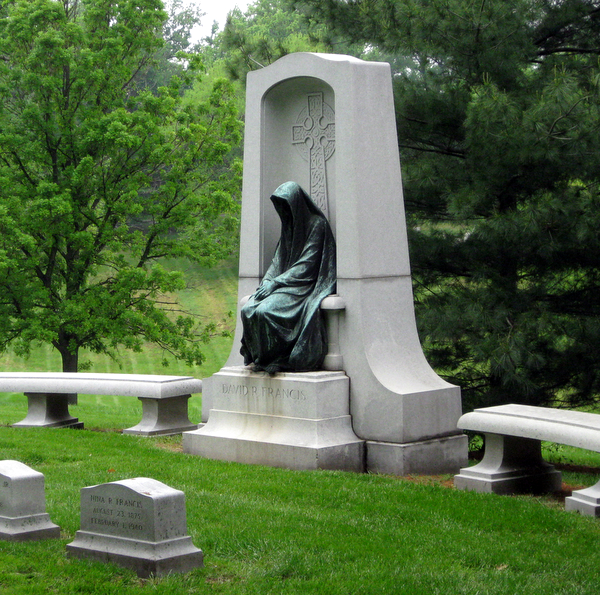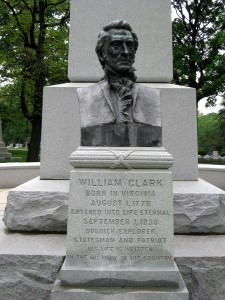In the January 22, and 2009 edition of Nature (available only to subscribers online), Aravinda Chakravarti explains that our simplistic notions of "population" and "race" will need to be revised as we enter the age of "personal genomics." Chakravarti teaches at the Johns Hopkins University School of Medicine.
Traditionally, we've used geological records to trace our family histories. We are now approaching a time where we will be able to use DNA databases. Whereas our traditional human records take us back several hundred years, our genomes will allow us to explore our ancestry for hundreds of thousands of years. Chakravarti argues that we will be entering unknown territory riddled with surprises and stretching the meaning of the word "family."
How close knit is our human "family"?
All living humans are related via a set of common ancestors who lived in Africa about 200,000 years ago. Other studies have since shown that the world beyond Africa was settled even more recently. From 100,000 years ago, descendants of our African forebears spread out to populate other continents . . . the striking implication of this is that all living humans are mosaics with ancestry from the many parts of the globe through which our ancestors trekked. In other words, each of us has around 6.7 billion relatives.
Chakravarti points out that our genealogy-based record-keeping is often riddled with error. It fails to indicate our interrelatedness to each and every other human being, for example. Further, evidence shows that at least one out of 20 people do not know the identity of their genetic father. Thanks to the falling cost of examining entire human genomes (Chakravarti indicates that it has fallen 1000- fold or more), we now have abilities we could only have dreamed of a few decades ago.
Personal genomics might well destroy our simplistic notion of "race." Human populations are not intact groups. There is no such thing as genetically characterized racial categories. We are all "multiracial, related to each other only to a greater or lesser extent." Detailed surveys are making it clear that there is no such thing as a discrete racial group. Rather, it is clear that there is a "continuity in variation across the globe, not abrupt transitions between population-specific sequence patterns." Personal genomics would allow us to focus on individual human beings, instead of artificially constructed "racial" populations.
Genome-wide studies ... could result in the individual identity and kinship coming to define populations rather than the other way around. We could test once and for all whether genetic race is a credible concept. This would be tremendously exciting. It is bound to stir up our deeply held notions of who we are, where we came from, our history and thus our politics. .. . it may be time for science to reshape the views of society. By dismantling our notions of race and population, we may better appreciate our common shared and recent history and perhaps more importantly our shared future.
I recently posted on the topic of whether science should study
race and intelligence. I think this would be a worthy topic of science (just as is every other potential field of study), but I warned that our current definition of "race" is horribly muddled. We need to get clear on this term, if that is even possible. I found Chakravarti's article to be a refreshing reminder that there might not even be a worthy scientific definition of "race." In fact, it might well be that, once we look carefully at the evidence, we will find that there are actually 6.7 billion "races" out there. Or is it more accurate to conclude that there is only
one human race?




